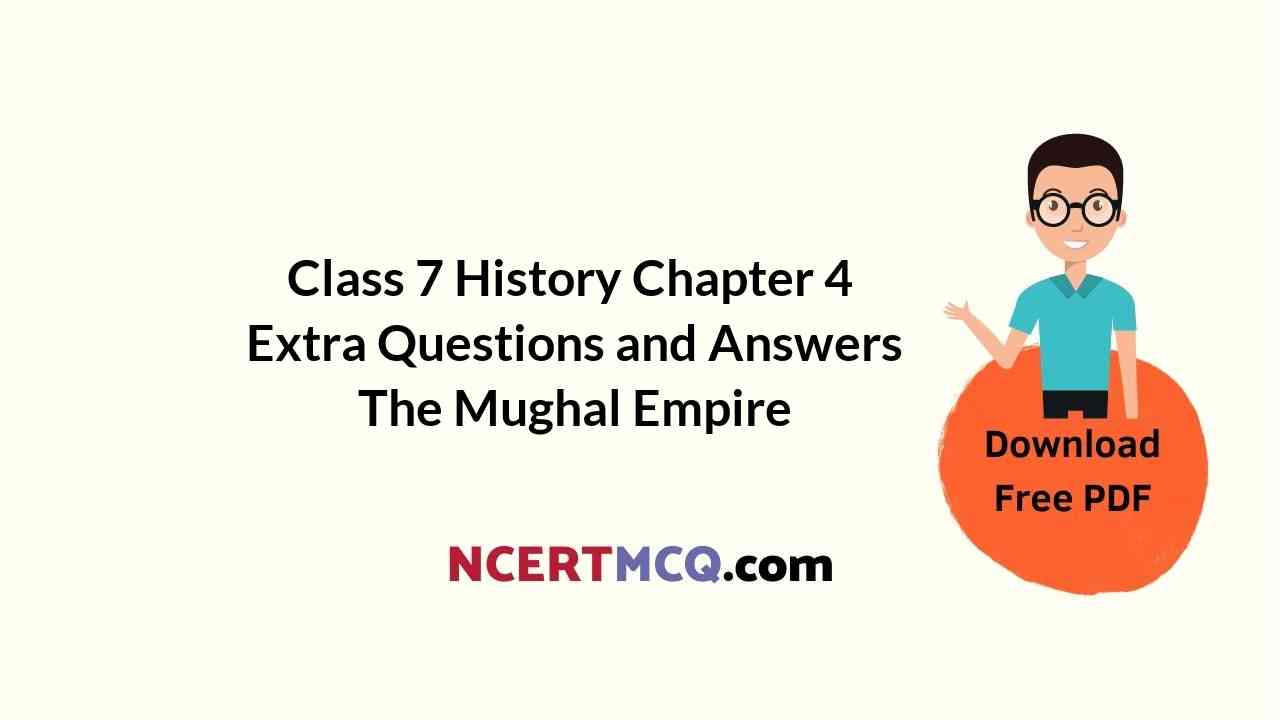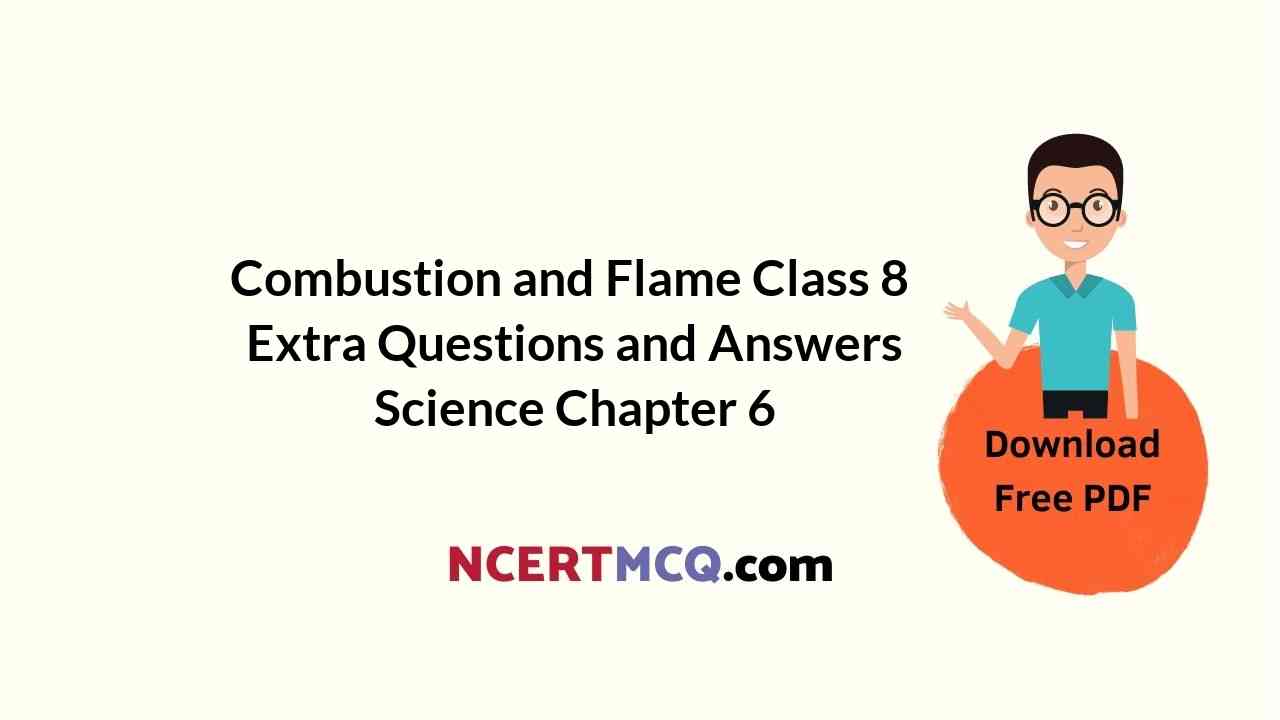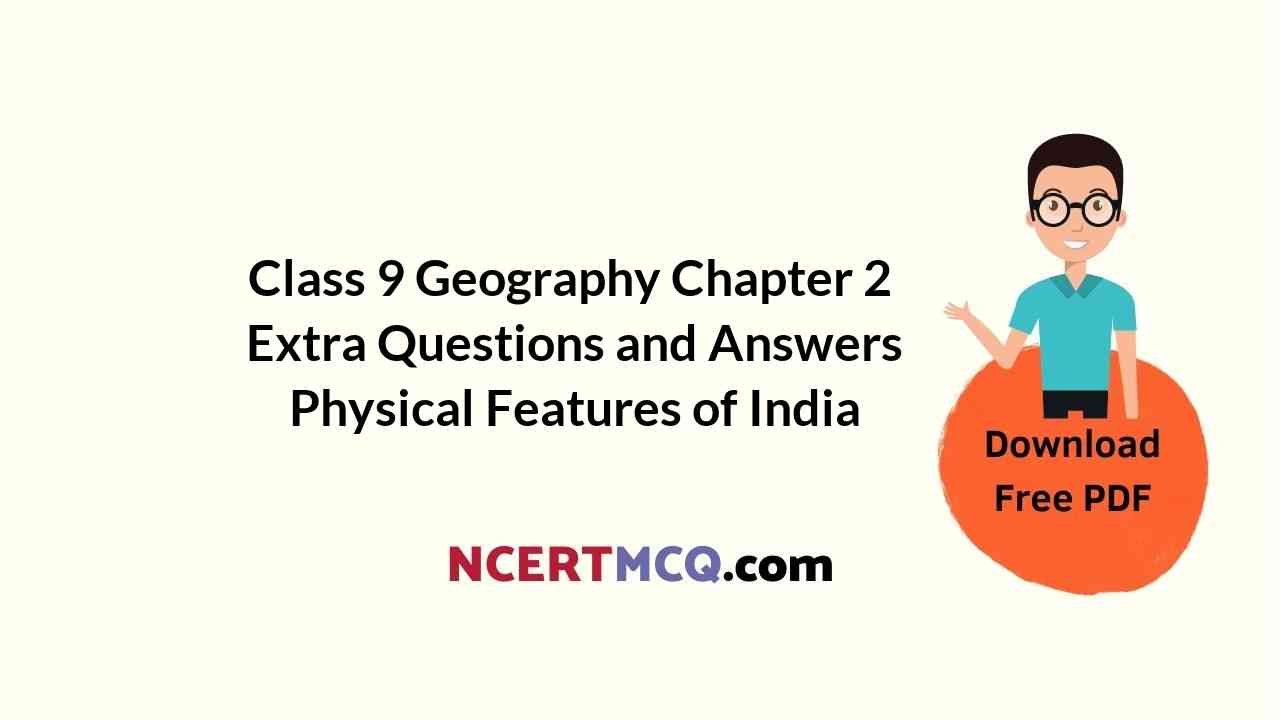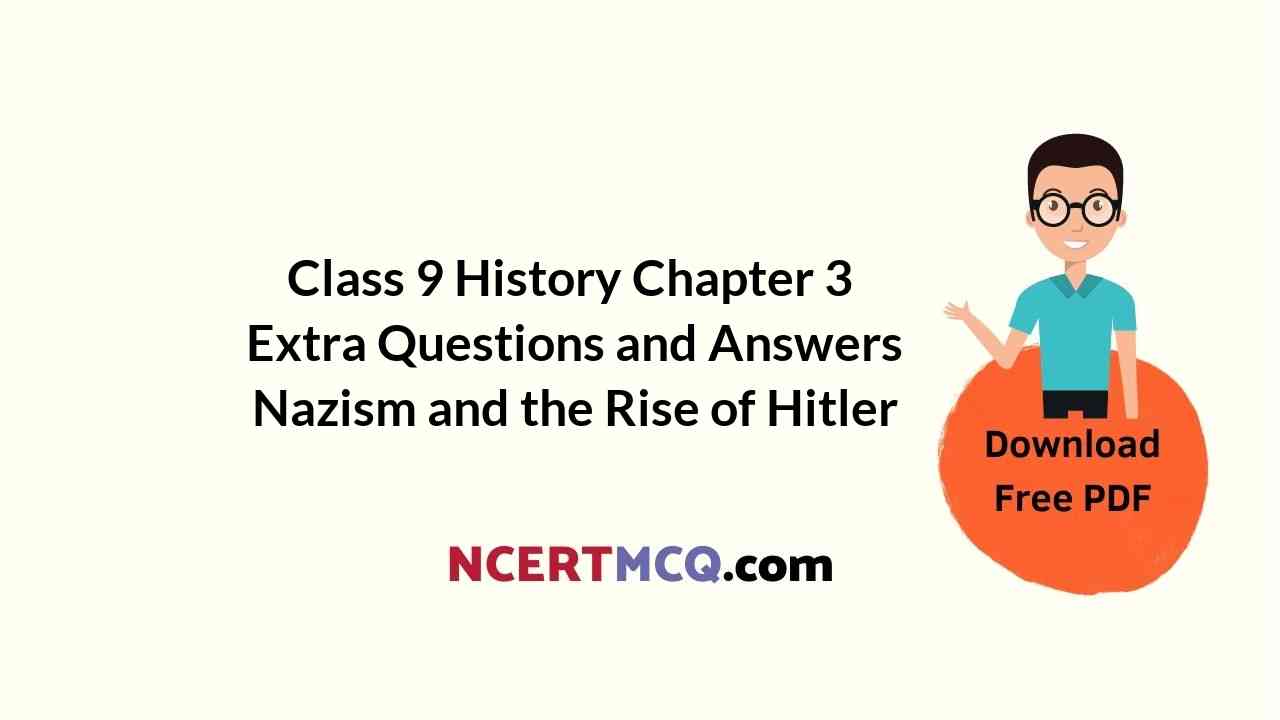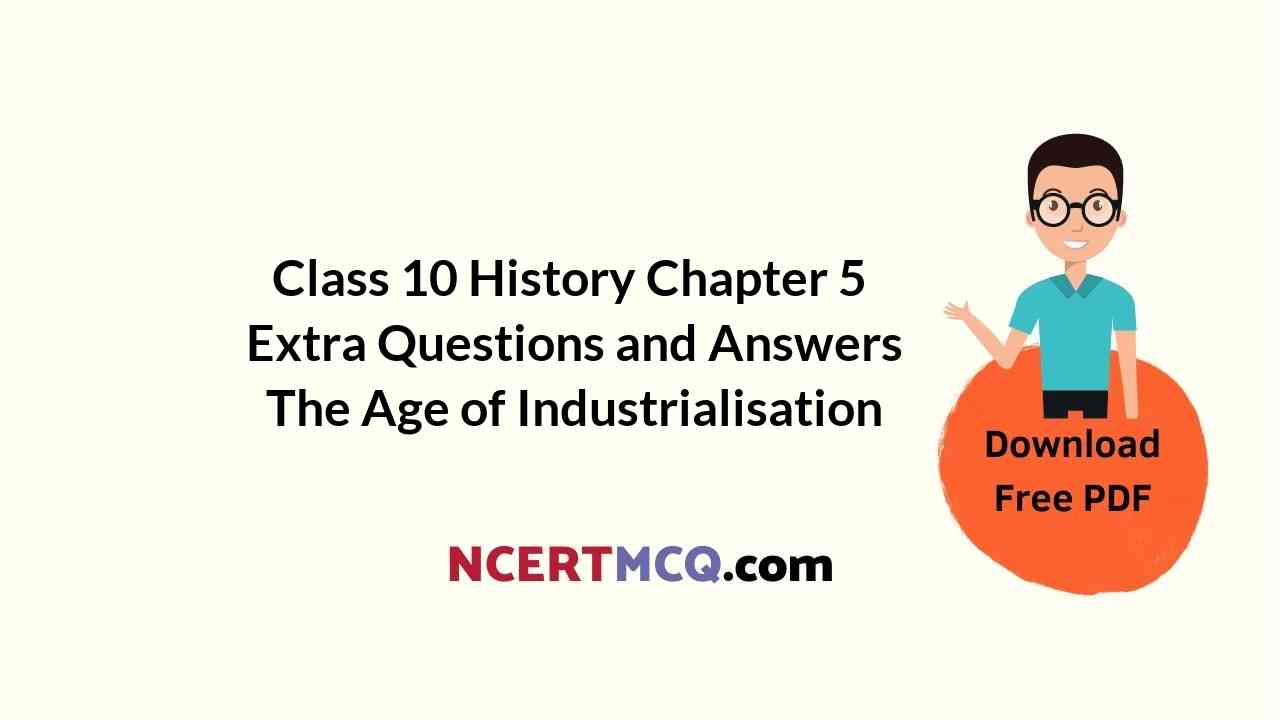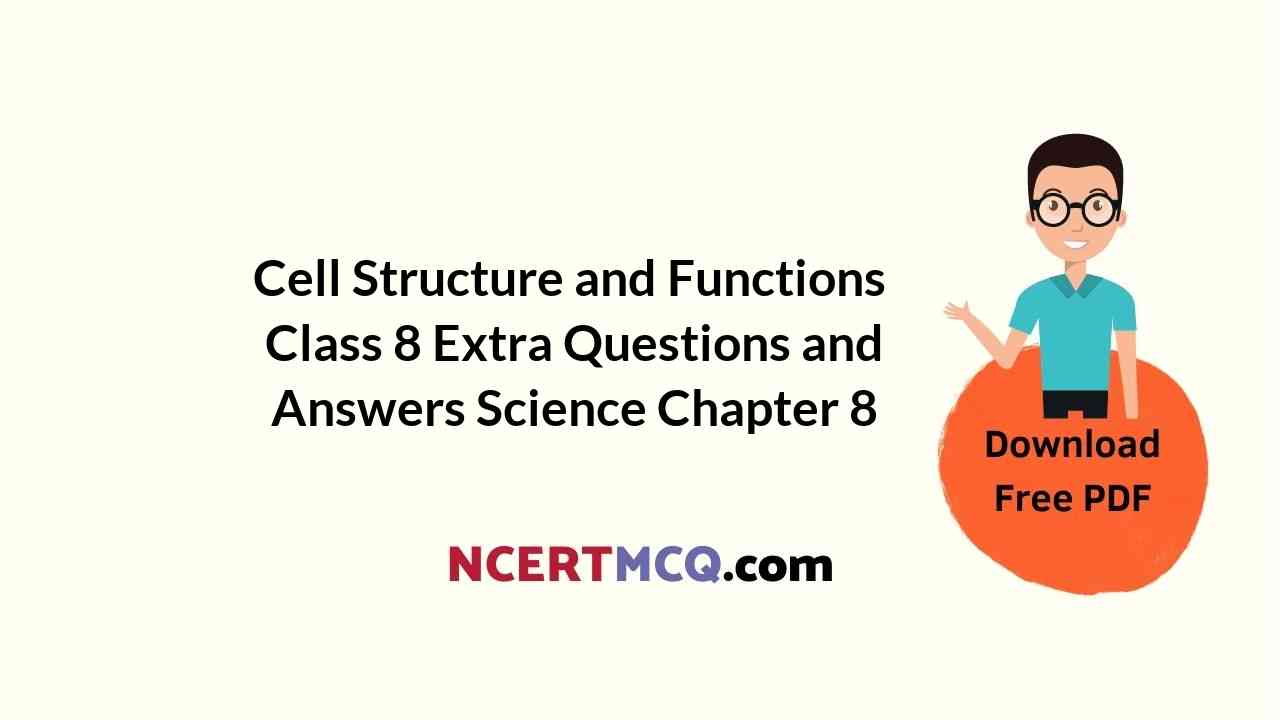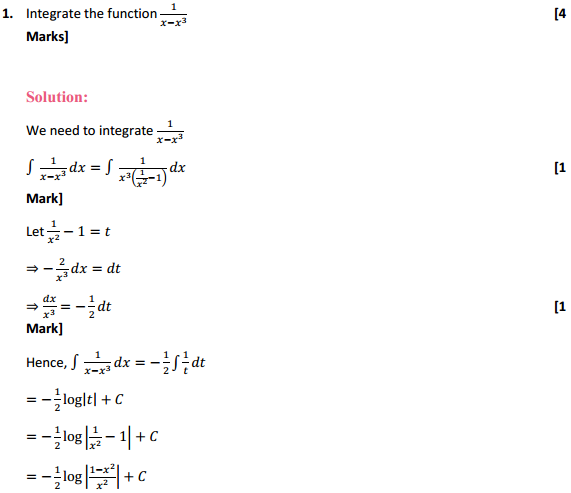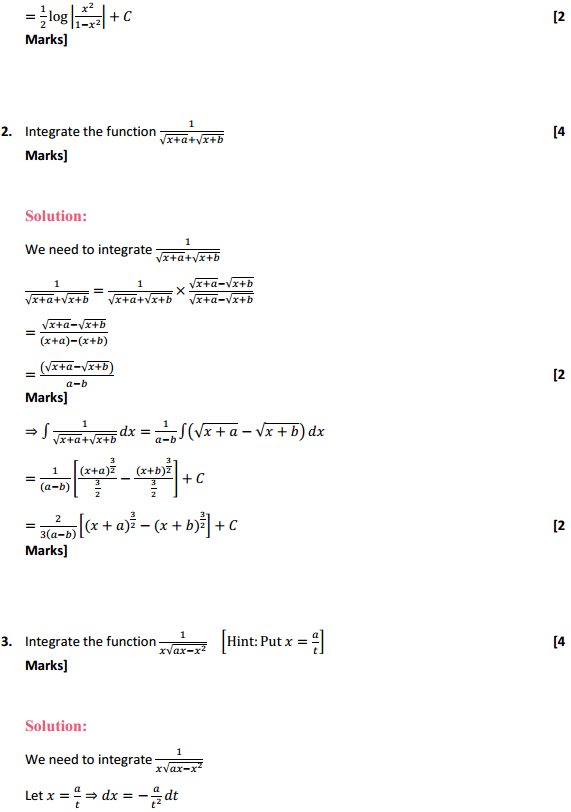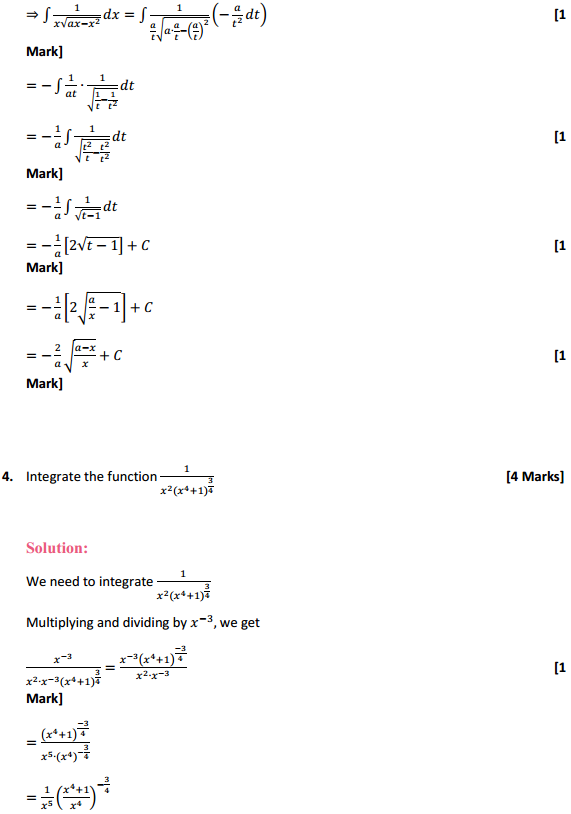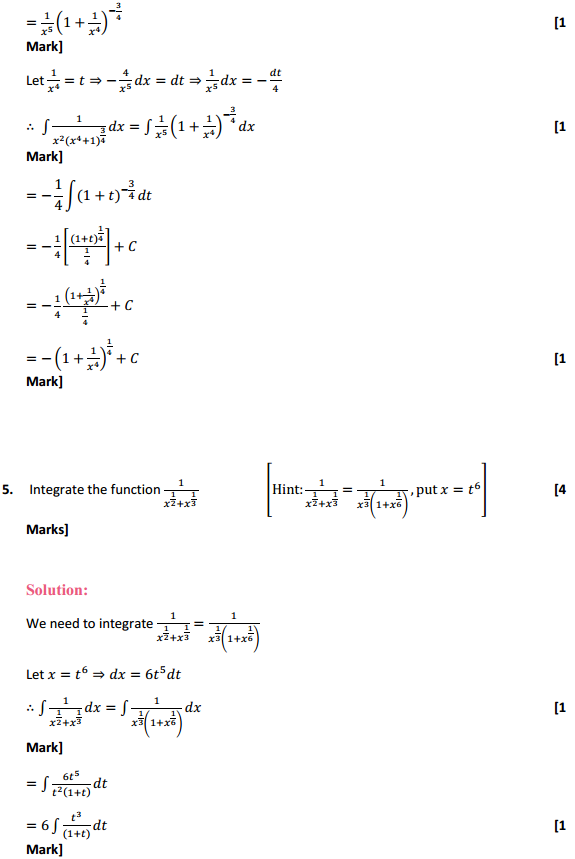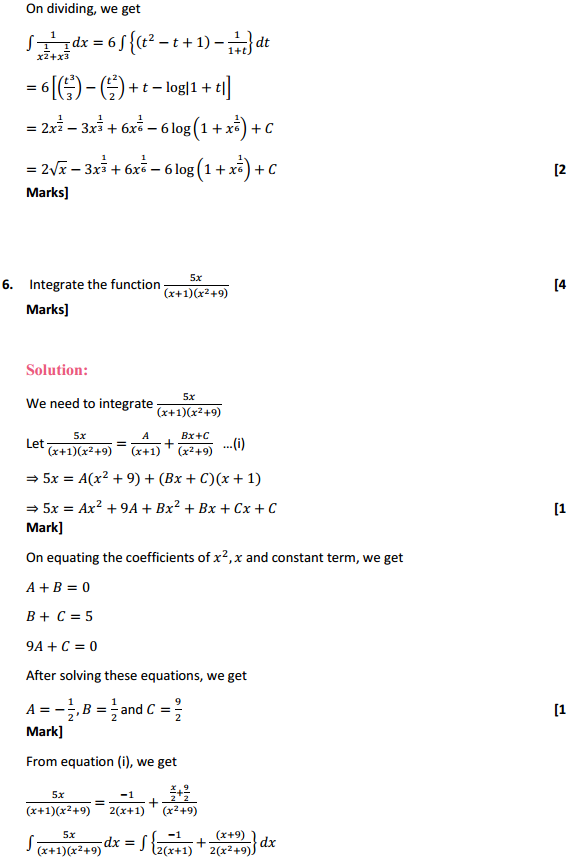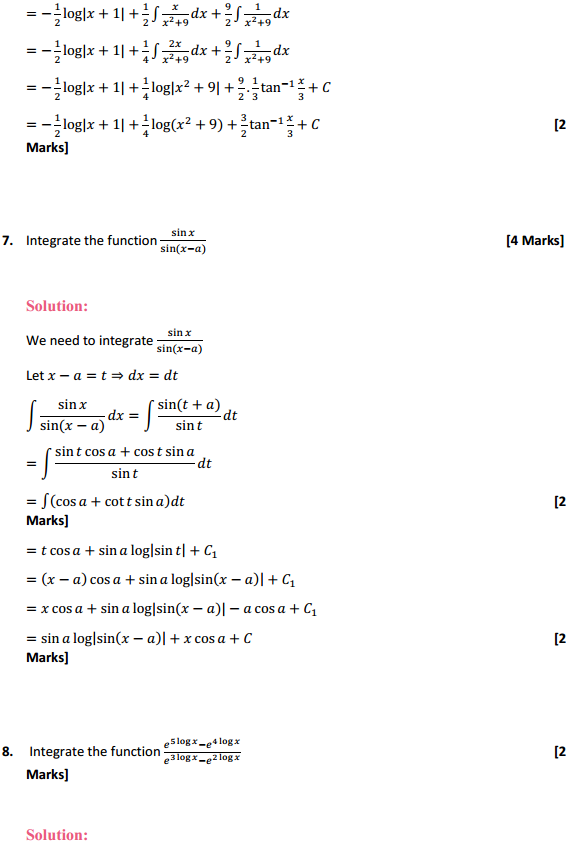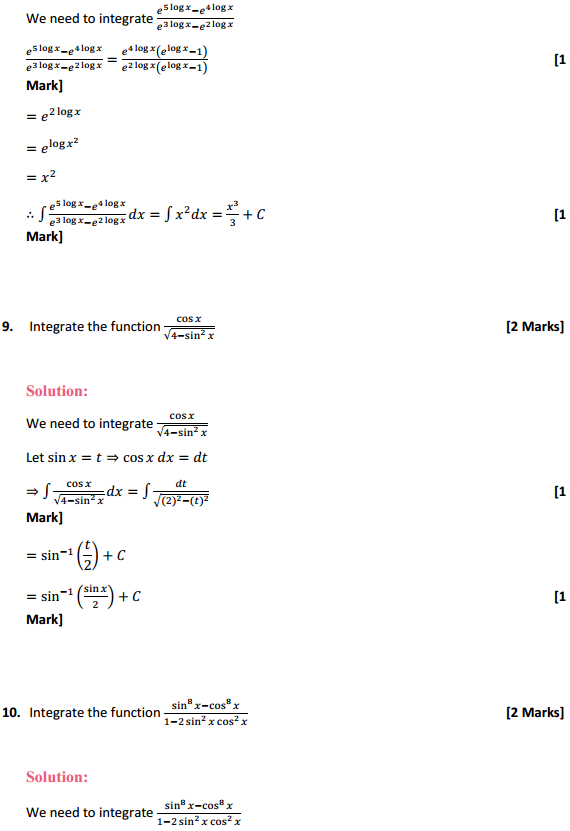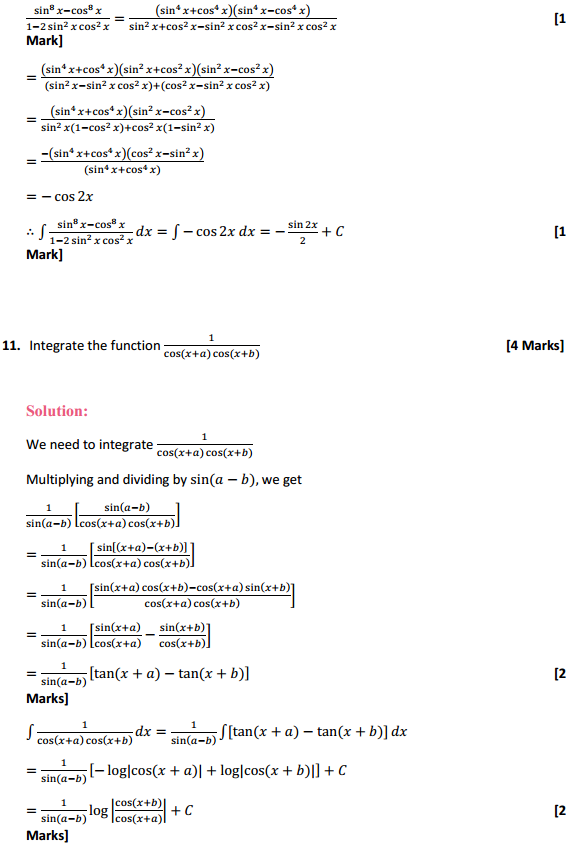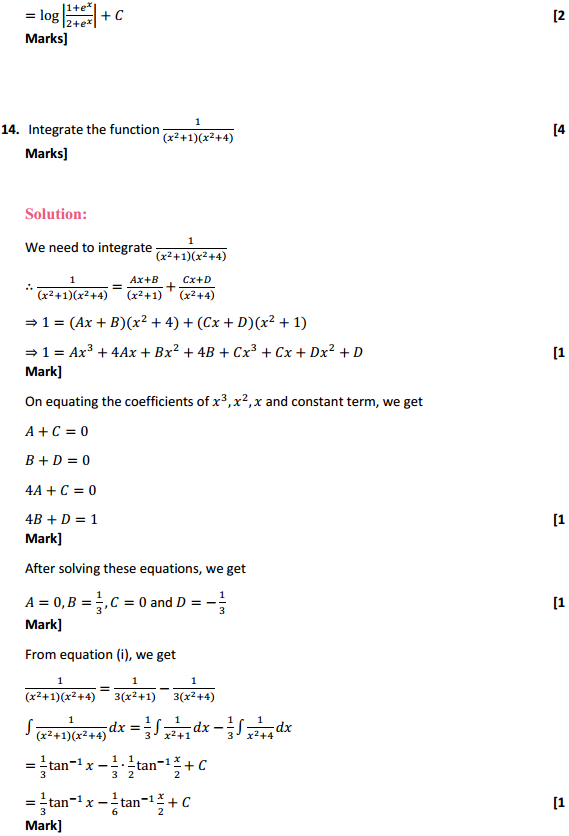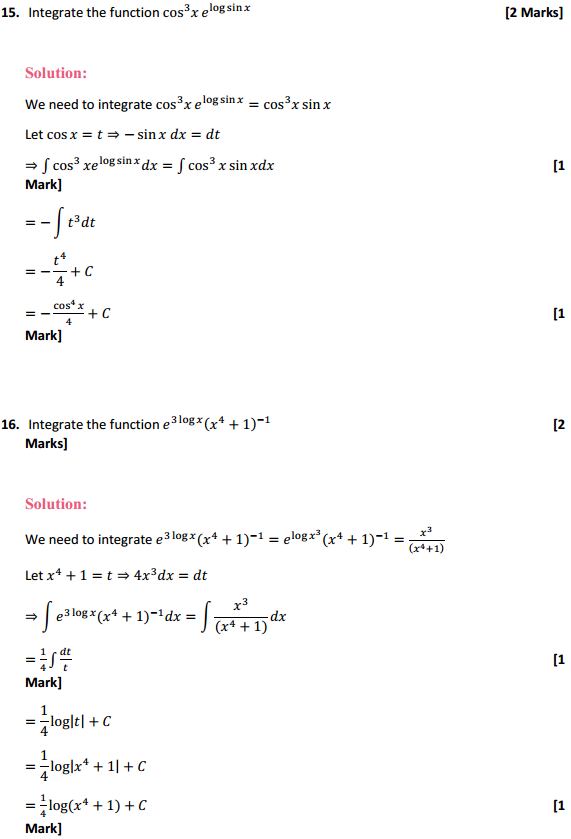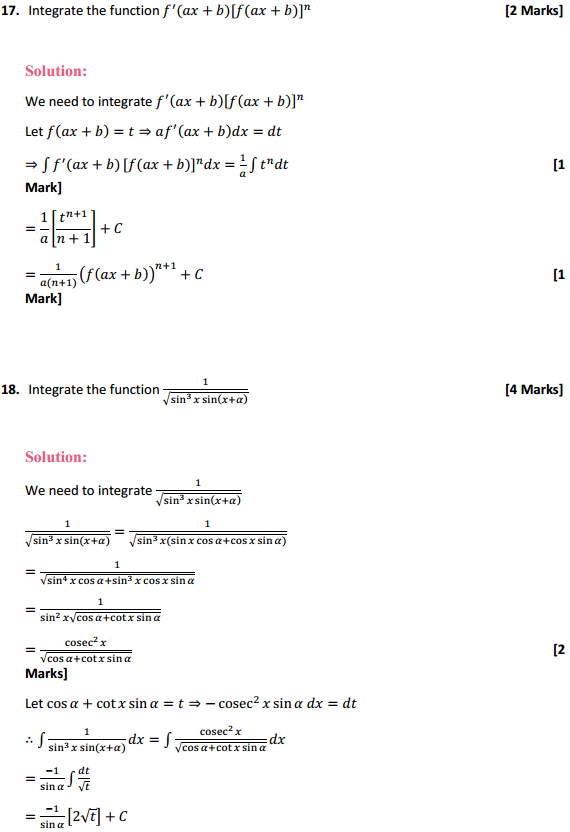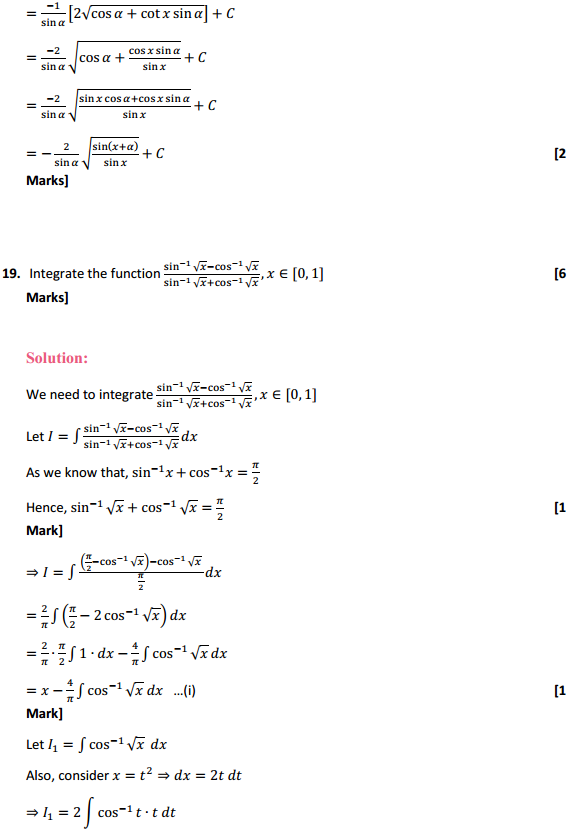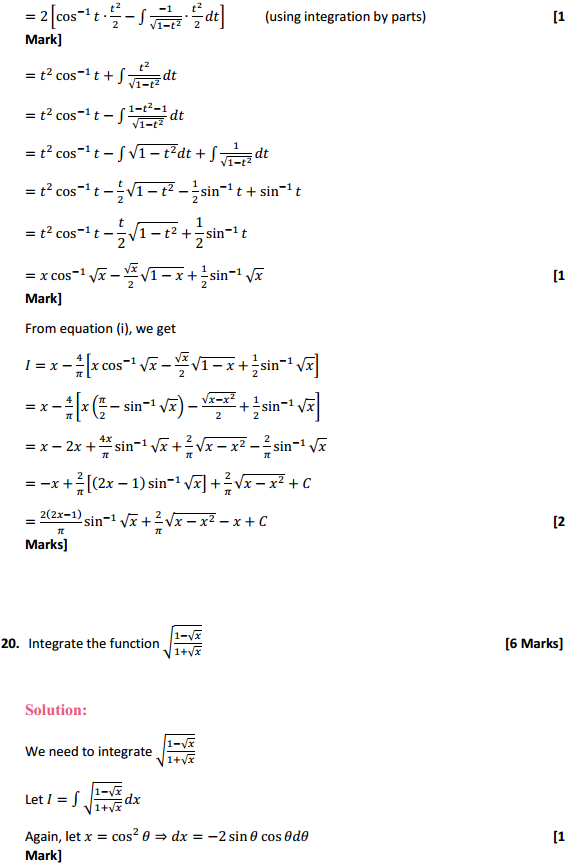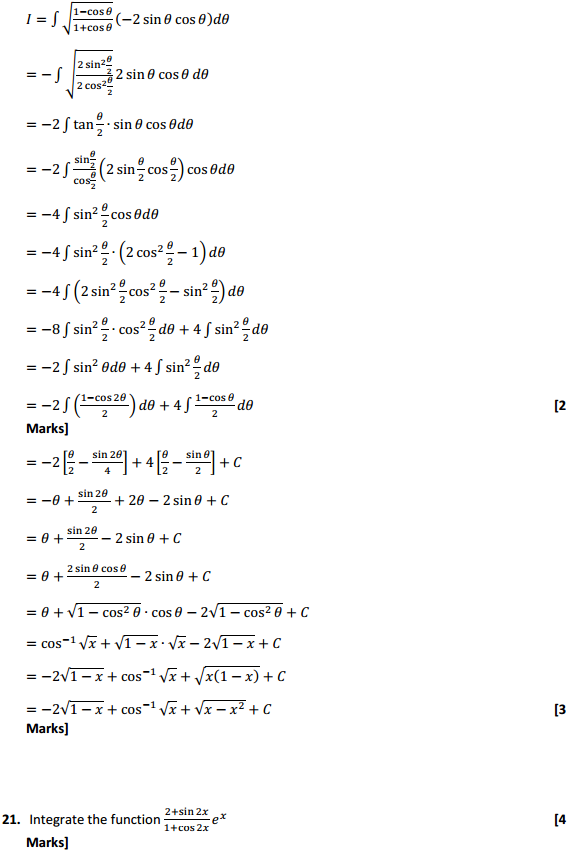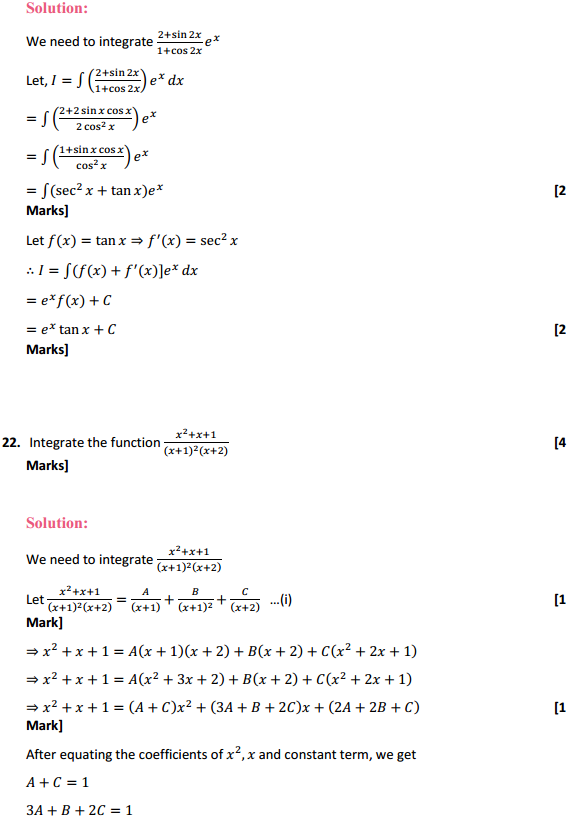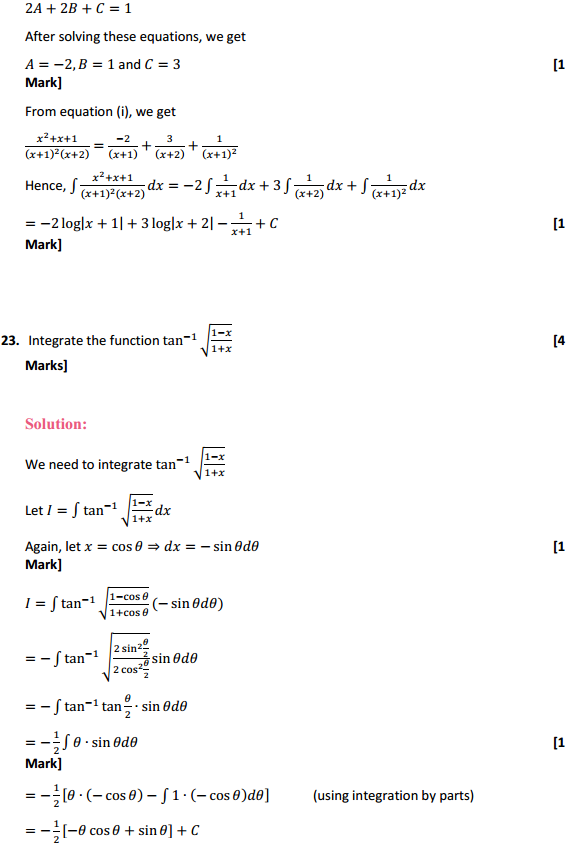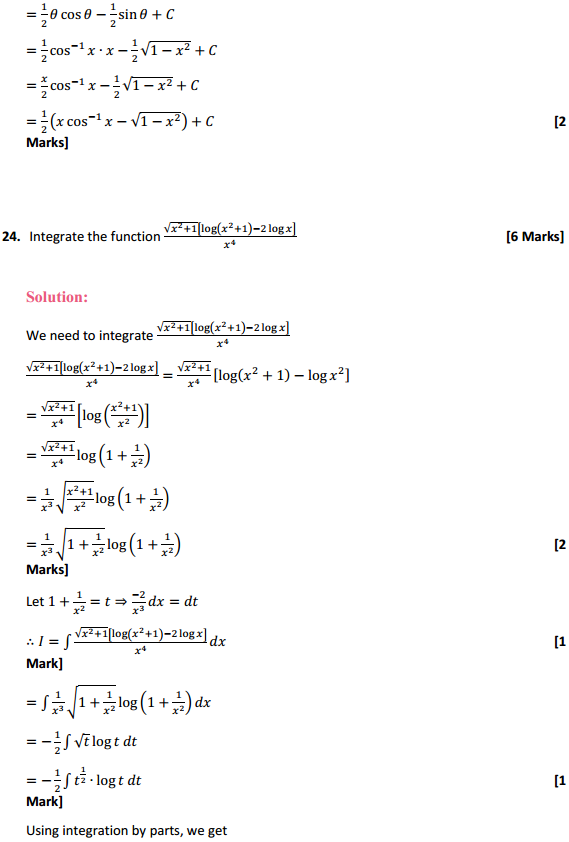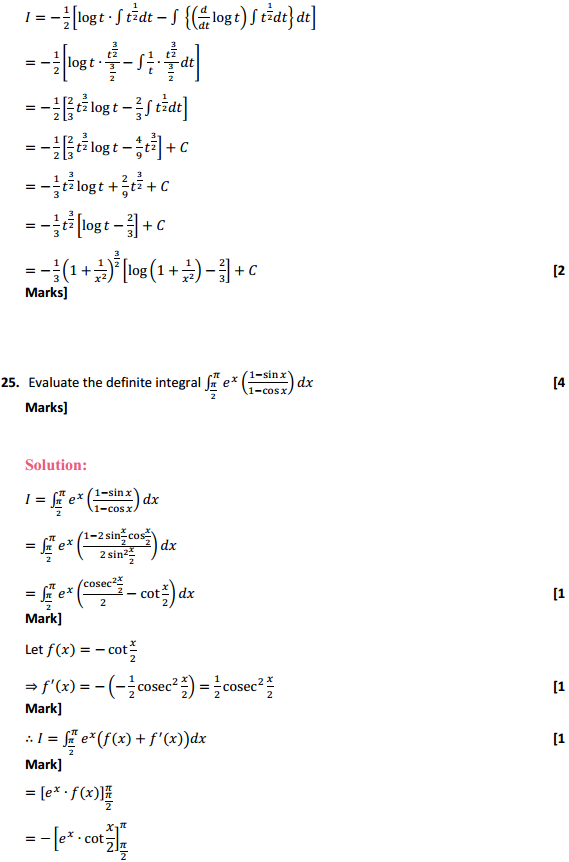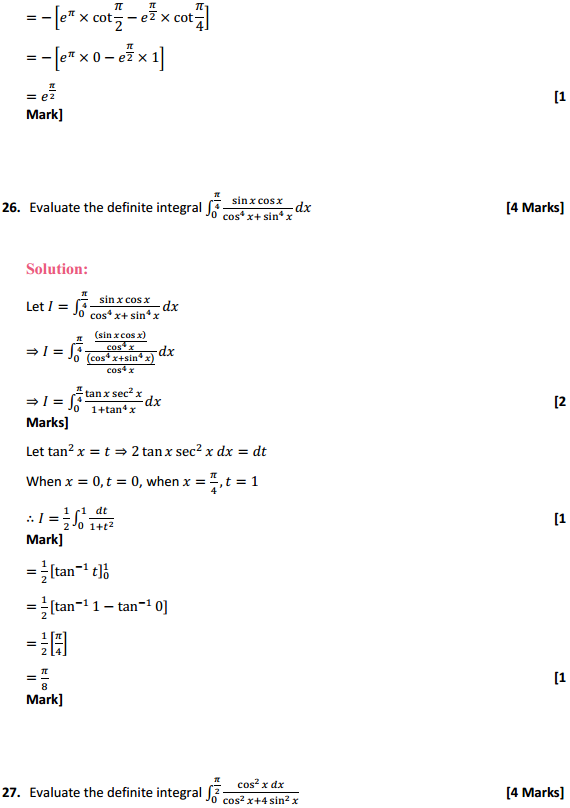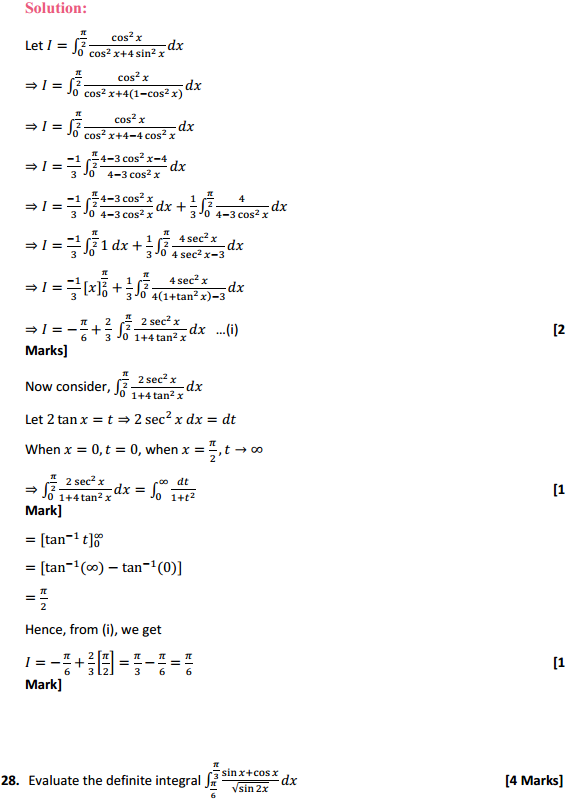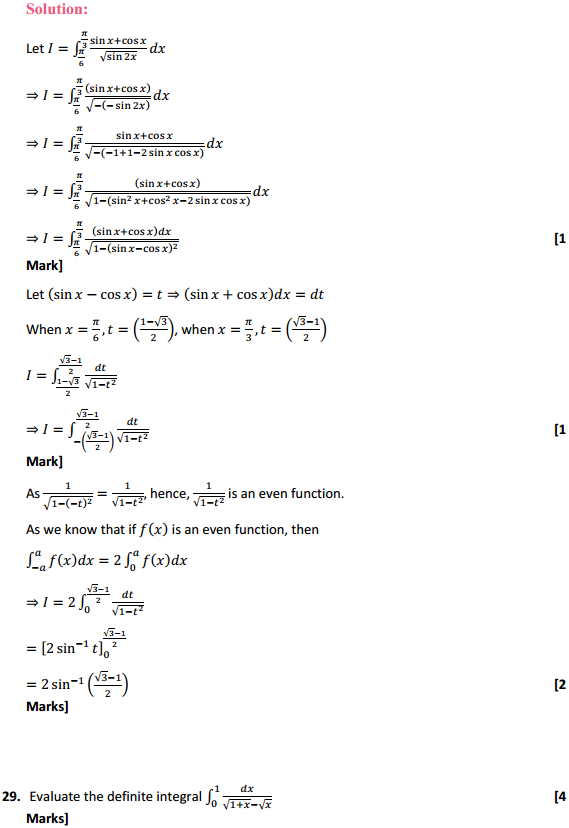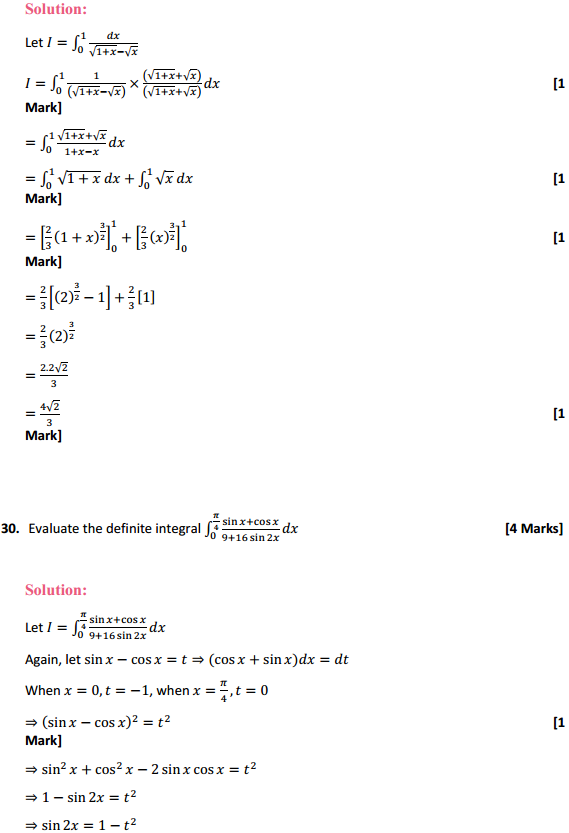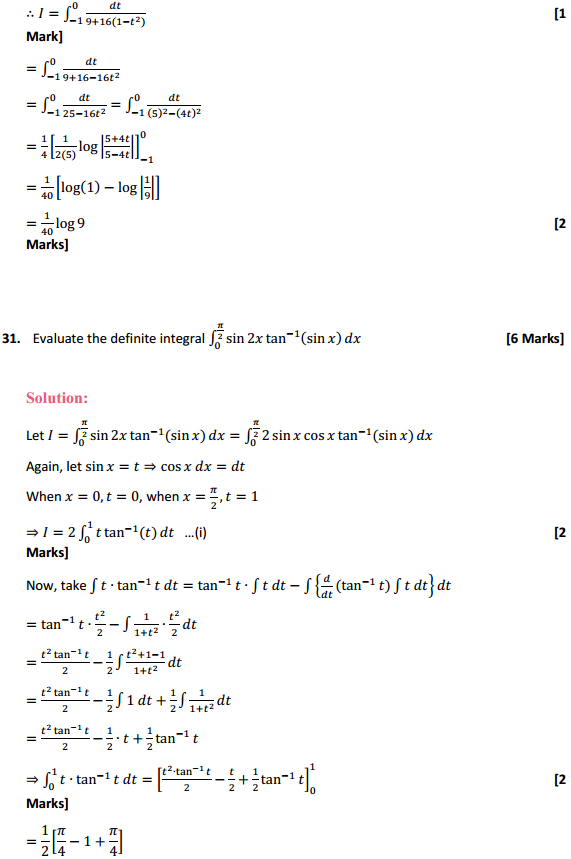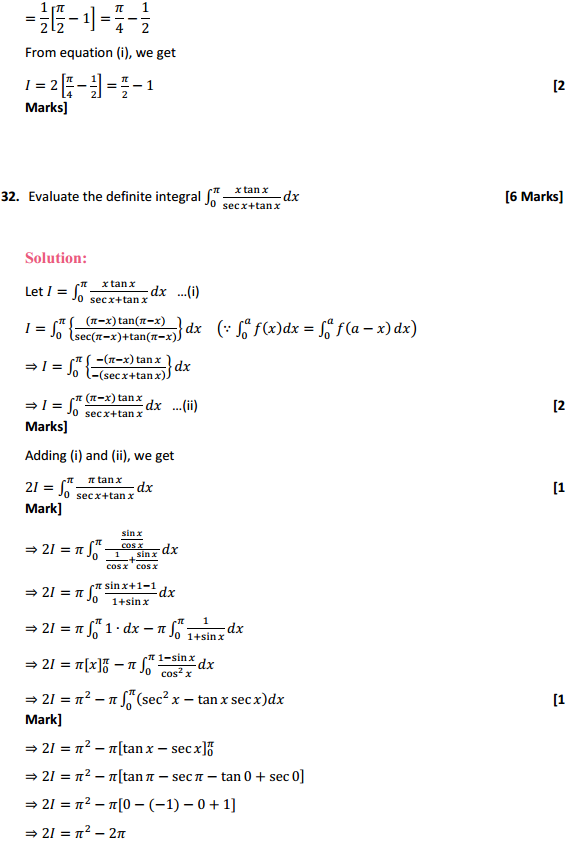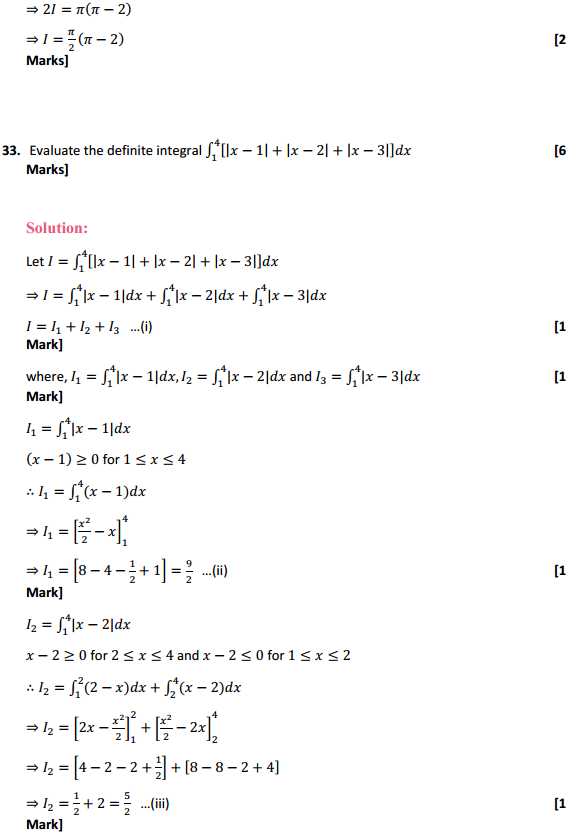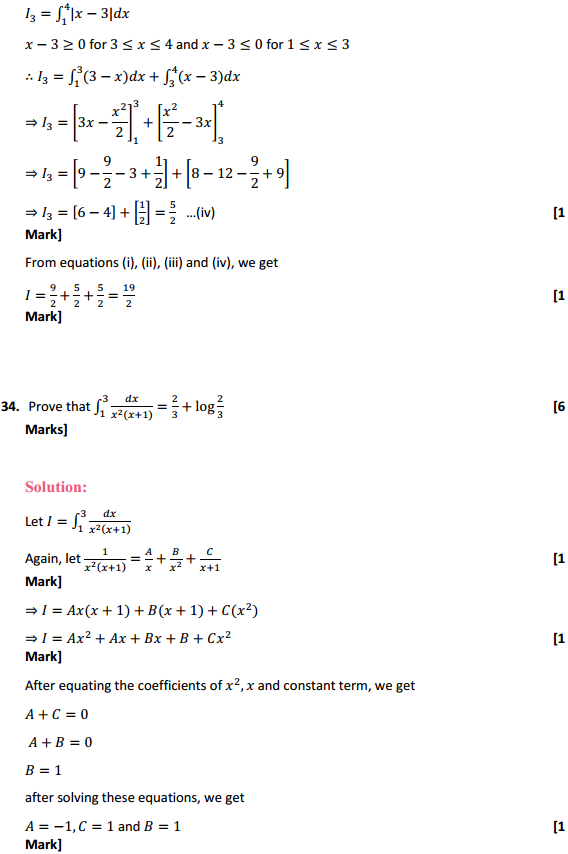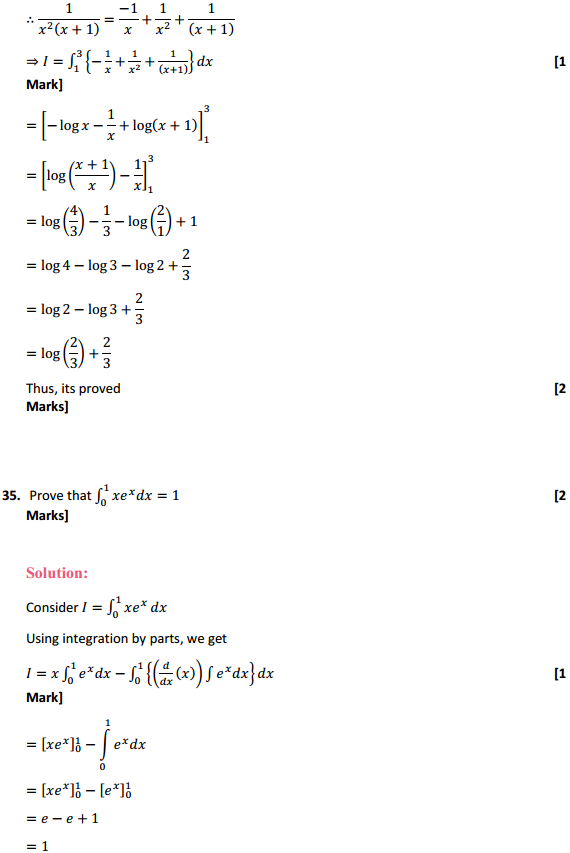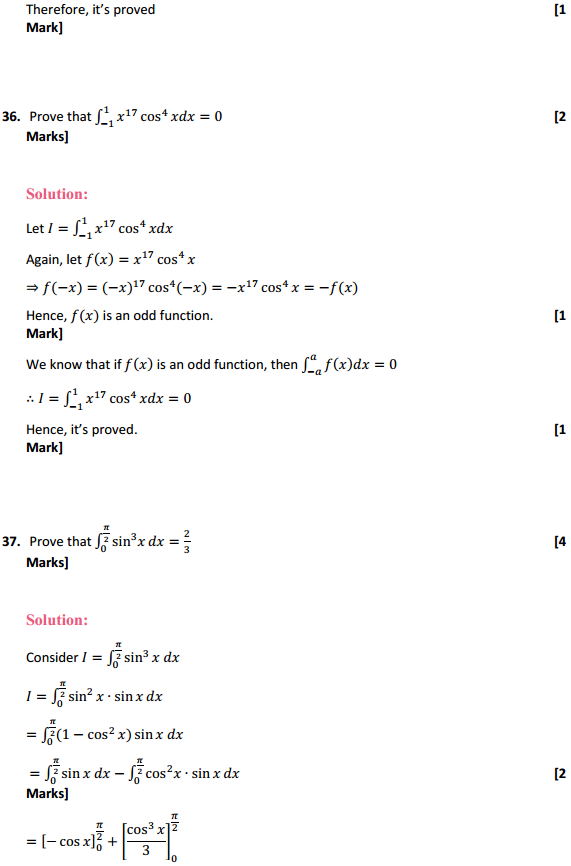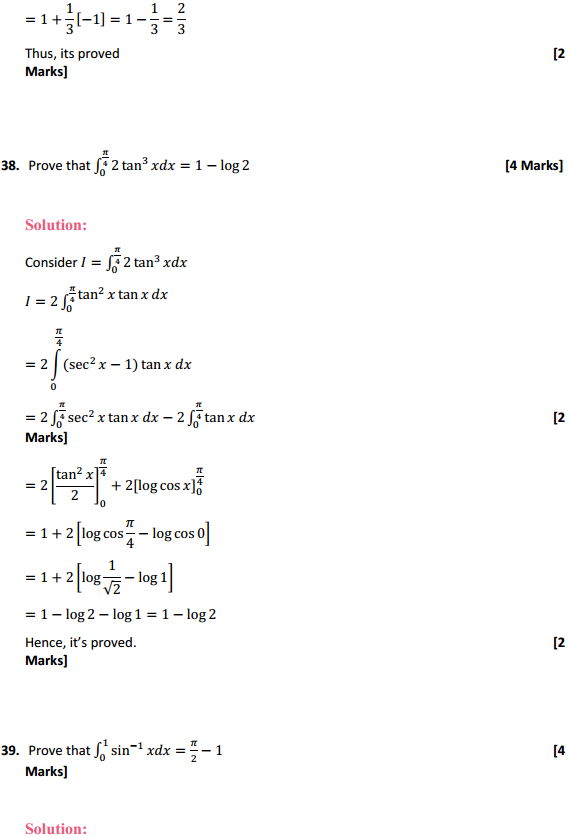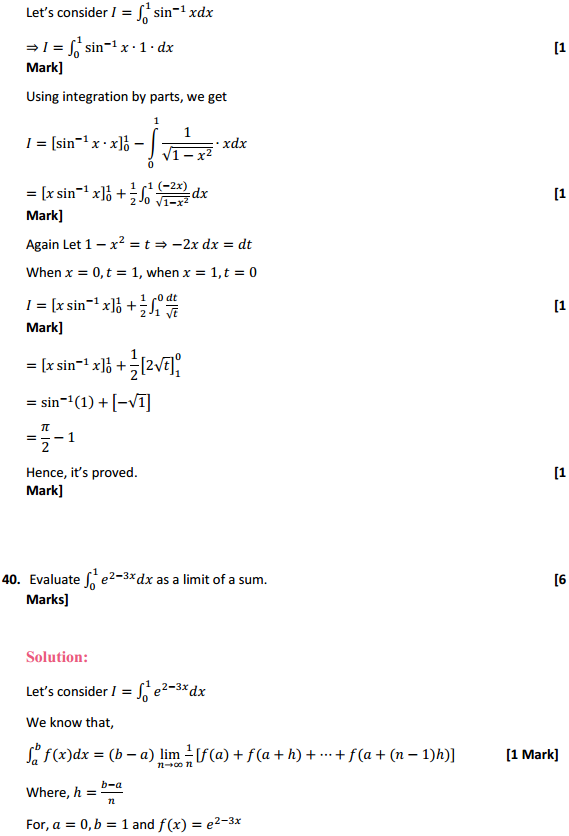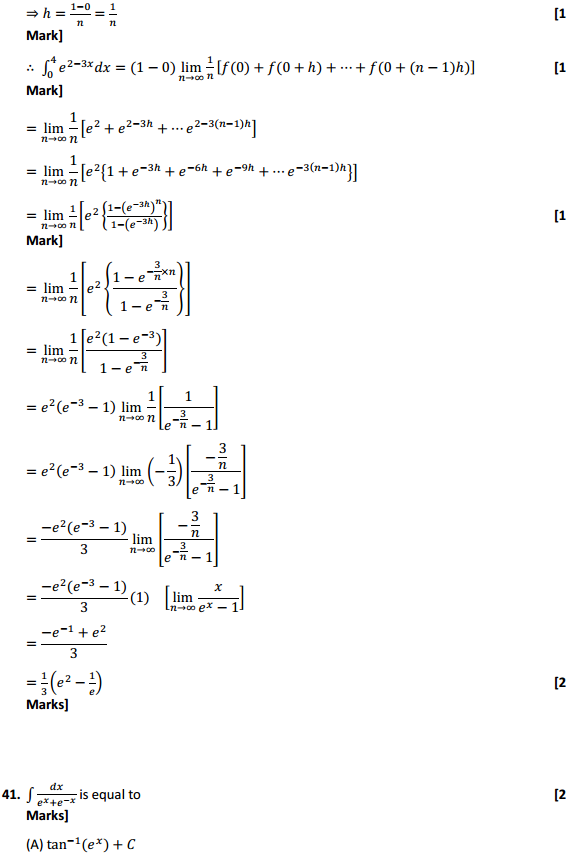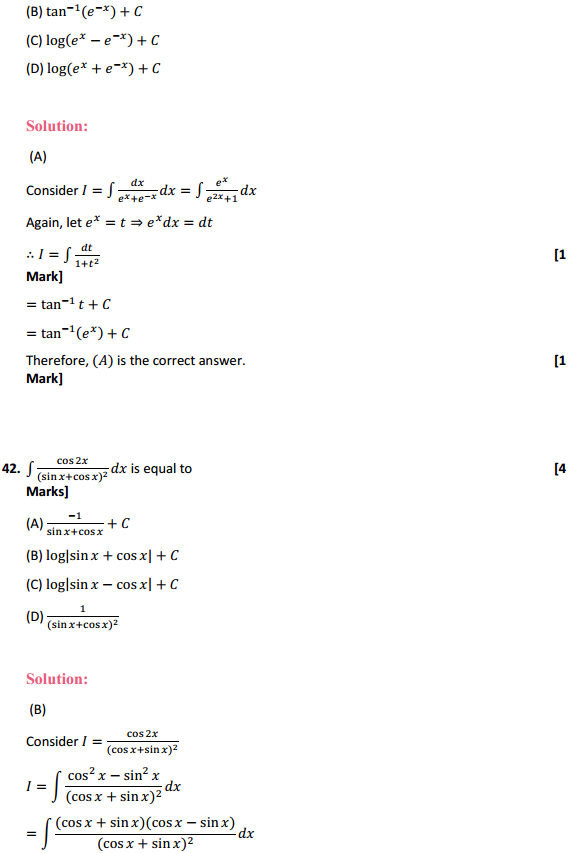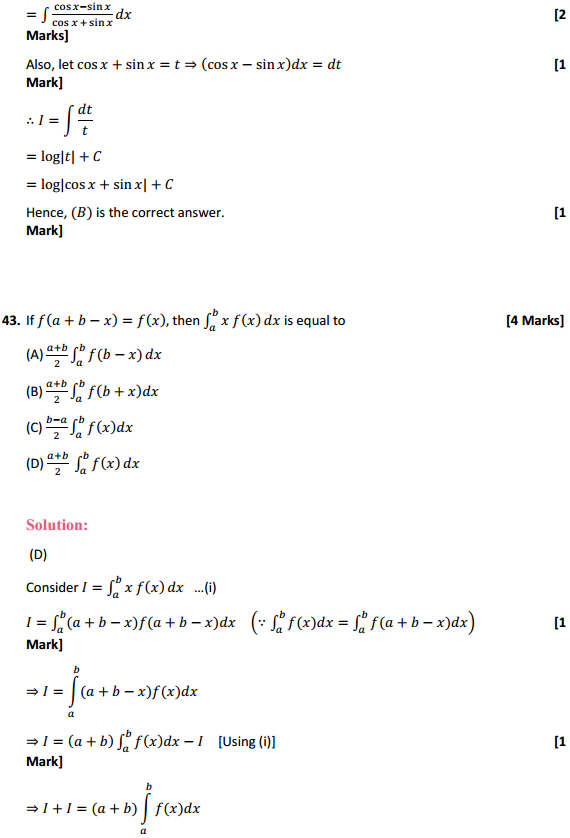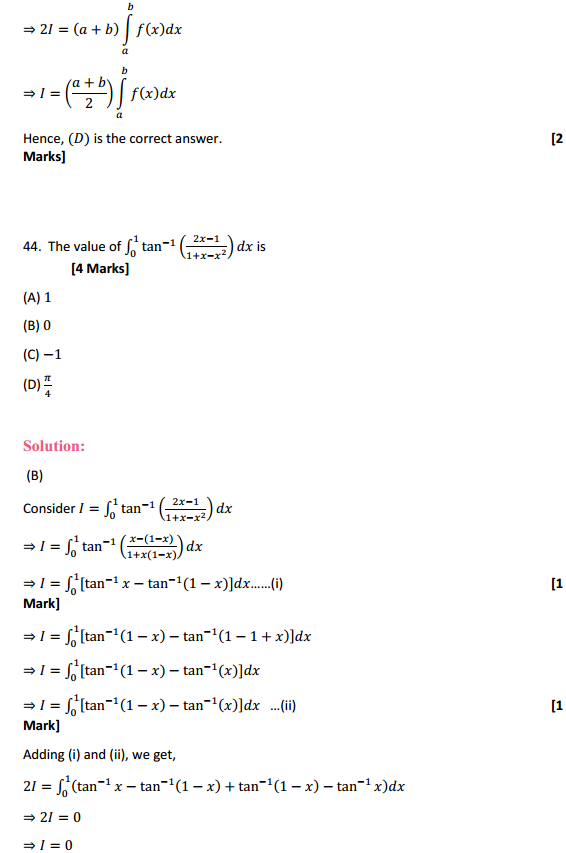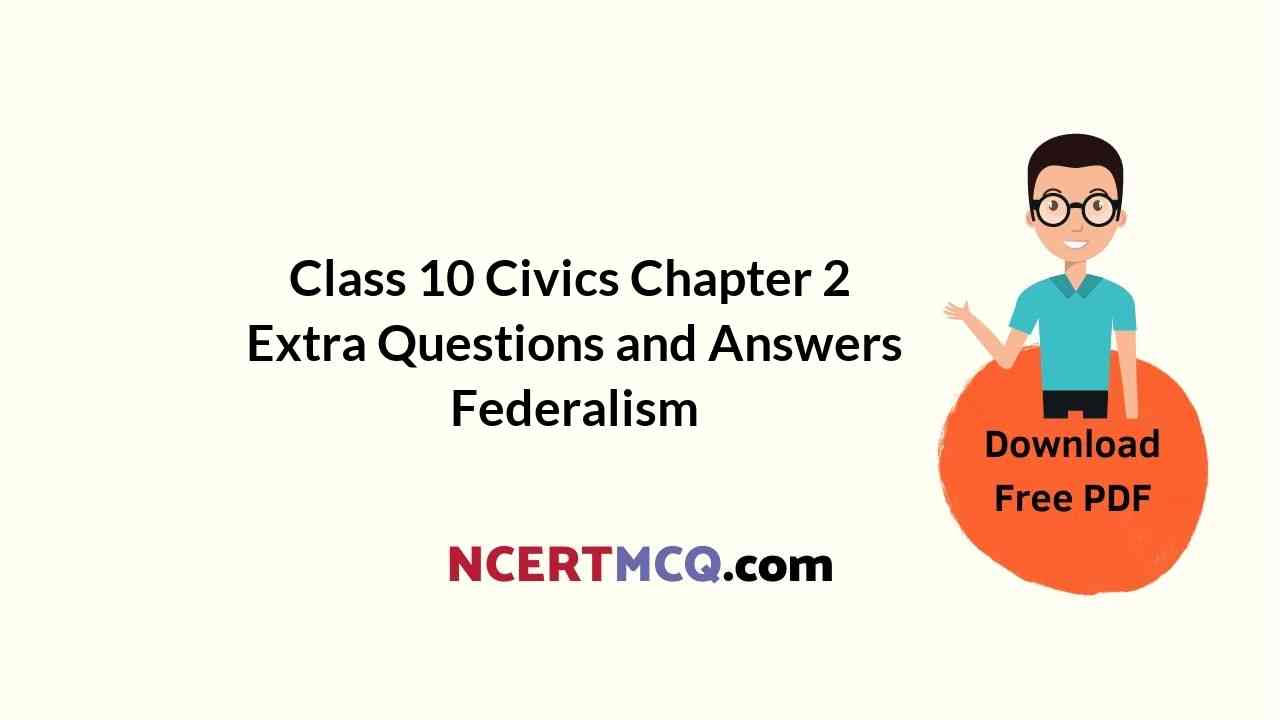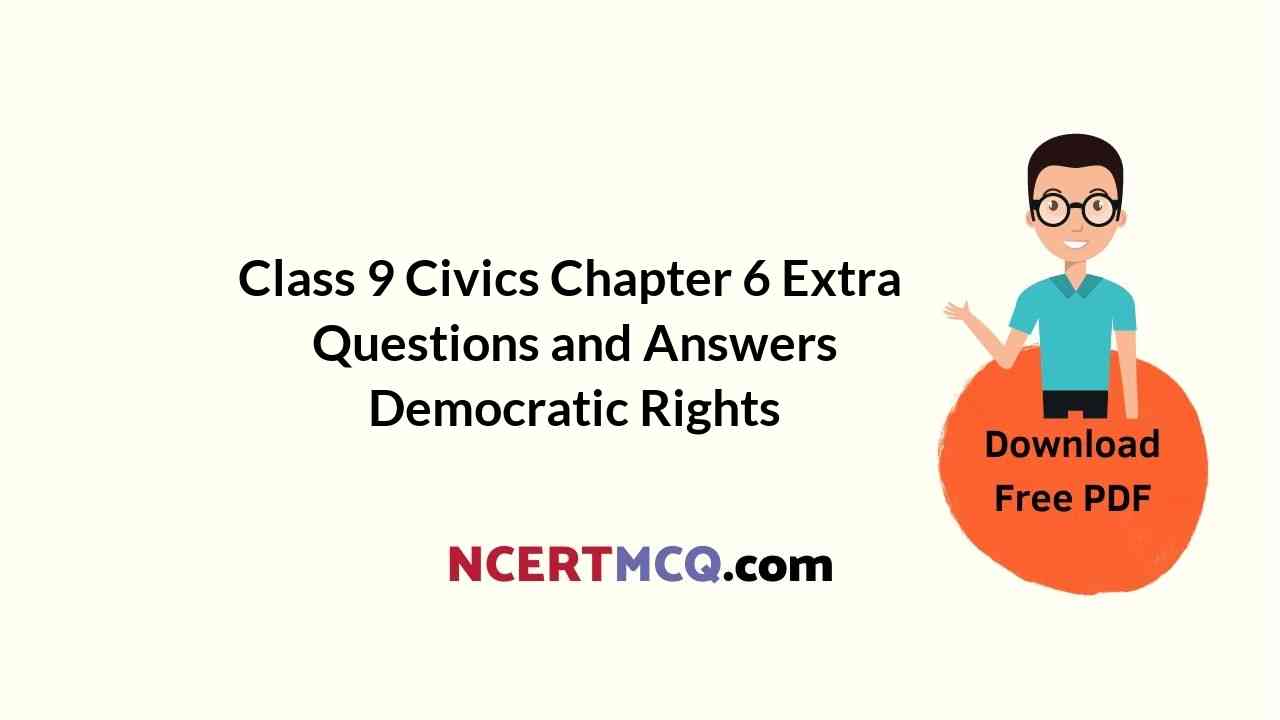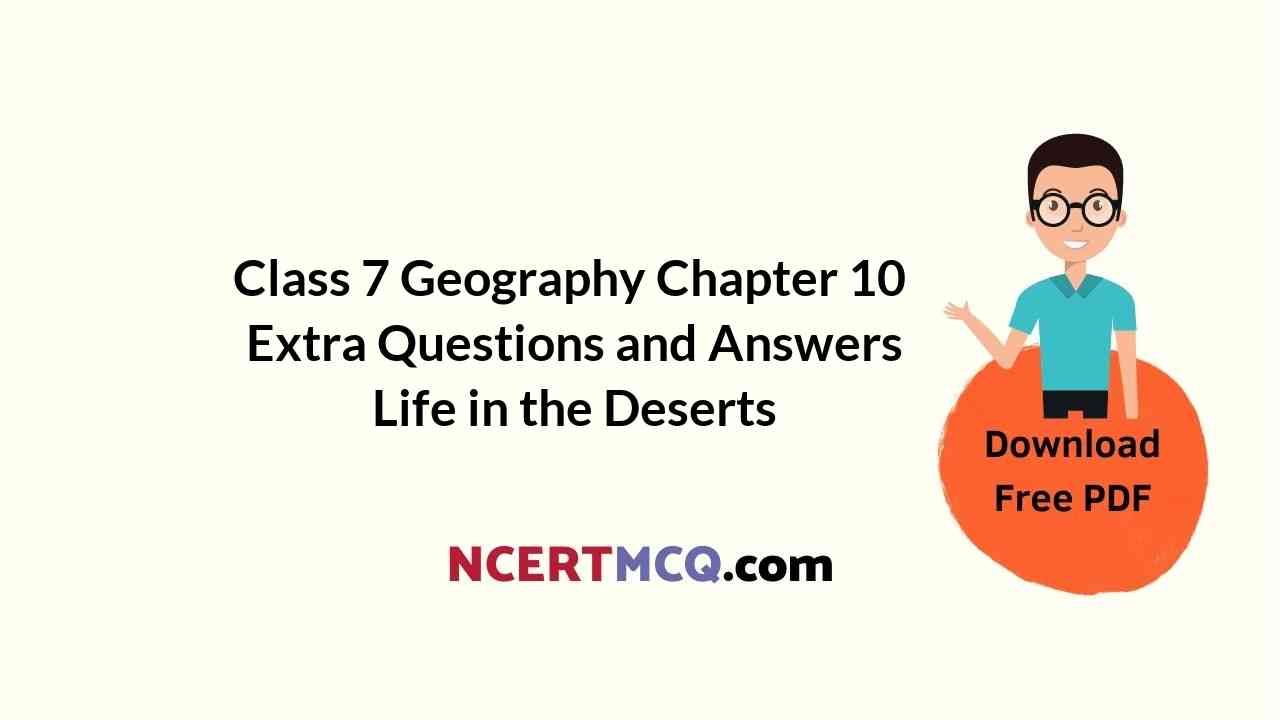Check the below Online Education NCERT MCQ Questions for Class 7 History Chapter 4 Extra Questions and Answers The Mughal Empire with Answers Pdf free download. https://ncertmcq.com/extra-questions-for-class-7-social-science/
Online Education for The Mughal Empire Class 7 Extra Questions History Chapter 4
Class 7 History Chapter 4 Extra Questions And Answers Question 1.
What were mansabdar’s military responsibilities?
Answer:
- A man Sardar had to maintain a specified number of Sawar or cavalrymen.
- He had to get horses registered and branded.
The Mughal Empire Class 7 Questions And Answers Question 2.
Who was Todar Mai?
Answer:
Today Mai was Akbar’s revenue minister. He surveyed past records and reformed revenue system called zabt.
Class 7 History Chapter 4 Short Questions And Answers Question 3.
Who was Abul Fazl?
Answer:
Abul Fazl was Akbar’s friend and counsellor. He wrote the books Akbar Nama and Ain-i Akbari.
The Mughal Empire Class 7 Worksheets With Answers Question 4.
Which do you think is a fairer division of inheritance: Primogeniture or coparcenary?
Answer:
According to my, coparcenary is the fairer division of inheritance as it is based on the principle of equality.
![]()
The Mughal Empire Class 7 Extra Questions And Answers Question 5.
Who were the primary producers in the Mughal Empire?
Answer:
The peasants and artisans were the primary producers in the Mughal Empire.
Mughal Empire Class 7 Extra Questions Question 6.
Where did Akbar hold discussions with religious scholars?
Answer:
Akbar held discussions with religious scholars at Fatehpur Sikri near Agra in ibadat khana.
Class 7 History Chapter 4 Extra Questions Question 7.
What was meant by the following terms: Subadar, Diwan, Bakhshi, Sadr, Faujdars and Kotwal?
Answer:
These terms stood for the following persons respectively: Subadar-governor of province, Diwan- finance officer, Bakshi-military paymaster, Sadr-religious minister, audits-military commanders and kotwal-police commander.
Mughal Empire Class 7 Questions And Answers Question 8.
Who participated in the ibadat khana discussions?
Answer:
Apart from. Akbar and Abul Fazl, ulemas, Brahmanas, Jesuit priests and Zoroastrians participated in the ibadat khana discussions.
![]()
Class 7 History Chapter 4 Questions And Answers Question 9.
What type of relations did Mughals have with Rajput rulers?
Answer:
- Mughals had mixed relations with Rajput rulers.
- At one hand Rajput rulers married their daughters in Mughal families. In return, they acquired higher mansabs in the Mughal court.
- On the other hand, there was Sisodiya Rajputs of Mewar who did not accept Mughal authority. This led to a battle between the two, and Sisodiyas were defeated. Mughals treated them honourably.
Class 7 History Ch 4 Extra Questions Question 10.
Explain the mansabdari system.
Answer:
- Mansabdari system was based on the ranks given to the noblemen.
- The man says were decided by a grading system to fix rank, salary and military responsibility to a noble.
- Rank and salary of a man Sardar was determined by a numerical value called Zat.
- Mansabdars maintained horses and horsemen to be presented to king at demand.
- Mansabdars were paid in land grants called jagirs
Ncert Class 7 History Chapter 4 Extra Questions Question 11.
What were the features of revenue system of Mughal empire?
Answer:
- The revenue system was reformed under Akbar by his revenue minister, Raja Todar Mai.
- Today Mal carried out a careful survey of crop yields, prices and areas cultivated for a 10 year period, 1570-80.
- On the basis of this data, tax was fixed on each crop in cash.
- Each province was divided into revenue circles with its own schedule of revenue rates for individual crops.
- This system was not followed in Gujarat and Bengal.
History Class 7 Chapter 4 Extra Questions Question 12.
Explain main causes of decline of the mighty Mughal Empire?
Answer:
The following were the main causes of decline of the mighty Mughal Empire :
- Collapse of the mansabdari system: By the time of Aurangzeb the mansabdari system became unmanageable as corruption and the number of awaiting mcznsabdars increased.
- Inequalities in man sabdars: During Shah Jahan’s reign the highest-ranking mansabdars made only 5.6% of the total mansabdars of his court i.e., 5.6% mansabdars received 61.5% of the total revenue of the empire. Therefore, the dissatisfied mansabdars challenged the authority of the emperor.
- Increase in regional power centres: The extremely powerful elite of Mughal Empire carved out thèir individual regional states, such as Hyderabad and Awadh.
- Maratha war: In Deccan, Marathas always challenged the Mughal authority, and the region always remained unstable. All these factors combined with the coming weak Mughal rulers led to the decline of Mughal Empire.
![]()
Multiple Choice Questions (MCQs)
1. Which community of warriors posed the immediate threat to the newly established Mughal empire?
(a) Rajputs
(b) Maratha
(c) Afghans
(d) Arabs.
Answer:
(c) Afghans.
2. How did Akbar treat Sisodiya Raj puts after defeating them?
(a) Honourably
(b) Cruelly
(c) Insulted them
(d) Both (b) and (c)
Answer:
(a) Honourably.
3. What were mansabdar’s military responsibilities?
(a) To maintain a special number of Sawar or Cavalrymen
(b) To get horses registered and branded
(c) To make buildings for them
(d) Both (a) and (b)
Answer:
(d) Both (a) and (b).
![]()
4. Who was Todar Mal?
(a) Court poet of Akbar
(b) Revenue Minister of Akbar
(c) Chief Advisor
(d) A Mansabdar
Answer:
(b) Revenue Minister of Akbar.
5. Which of. the following were Todar Mai’s great contributions as the Revenue Minister of Akbar?
(a) He introduced many taxes.
(b) He introduced a new agricultural tax.
(c) He surveyed past records and reformed revenue system called zabt.
(d) He collected revenue with cruelty.
Answer:
(c) He surveyed past records and reformed revenue system called zabt.
6. Who was Abul Fazl?
(a) Akbar’s friend and courtier
(b) A man Sardar
(c) Revenue Minister of Akbar
(d) A large landowner.
Answer:
(a) Akbar’s friend and courtier.
7. Who wrote Akbar Nama and Ain-i- Akbari?
(a) Birbal
(b) Abul Fazl
(c) Todar Mai
(d) Tansen.
Answer:
(b) Abul Fazl.
![]()
8. Where did Akbar hold discussions with religious scholars?
(a) Lai Quila in Delhi
(b) Ibadat Khana at Fatehpur Sikri near Agra
(c) Purana Quila in Delhi
(d) Jama Masjid in Delhi.
Answer:
(b) Ibadat Khana at Fatehpur Sikri near Agra
9. Who were the primary producers in the Mughal Empire?
(a) Traders
(b) Cloth merchants
(c) Peasants and artisans
(d) Both (a) and (b).
Answer:
(c) Peasants and artisans.
10. Which one of the following was the cause of decline of the mighty Mughal Empire?
(a) Collapse of the man sabdari system
(b) Inequalities in man sabdars
(c) Maratha war
(d) All of them.
Answer:
(d) All of them.
11. Which of the following was the feature of the man sabdari system?
(a) The man says were decided by a grading system to fix, rank and military responsibility to a noble.
(b) Rank and salary of a man Sardar was determined by a numerical value.
(c) Mansabdars maintained horses and horsemen
(d) All of these.
Answer:
(d) All of these.
Important Years Or Periods:
1227: Genghis Khan, the Mongol ruler died.
1398: Timur captured Delhi.
1404: Timur, the ruler of Iran, Iraq and the modern-day Turkey died.
1494: Babur succeeded to the throne of Ferghana when he was only 12 years old.
1504: Babur seized Kabul.
1526: Babur defeated Sultan of Delhi, Ibrahim Lodhi, at Panipat and captured Delhi and Agra.
1527: Babur defeated Rana Sanga, Rajput rulers and allies at Khanna.
1528: Babur defeated Rajputs at Chanderi.
1530-40, 1555-56: Humayun ruled Mughal empire in the subcontinent.
![]()
1539: Sher Shah Suri defeated Humayun at the battle of Chausa.
1540: Sher Shah Suri defeated Humayun at the battle of Kanauj forcing him to flee to Iran.
1555: Humayun recaptured Delhi.
1556-1605: Rule of Akbar.
1568: Akbar captured Sisodiya capital of Chittor.
1569: Akbar captured Ranthambhor.
1570-1585: Akbar expanded his rule in Gujarat, Bihar, Bengal and Orissa.
1585-1605: Akbar captured Qandahar, Kashmir, Kabul, Berar,
1605-1627:Khandesh, Ahmadnagar. : Rule of Jahangir.
1627-1658: Rule of Shah Jahan.
1632: Ahmadnagar was finally annexed and Bijapur was subdued.
1658-1707: Rule of Aurangzeb.
1663: Aurangzeb defeated Ahoms
1685 in Assam: Annexation of Bijapur.
1687: Annexation of Golconda.
Important Terms:
→ Rule of primogeniture: When the eldest son inherits his father’s estate, it is called the rule of primogeniture.
→ Coparcenary: The rule under which the estate is divided amongst all the sons.
→ Mansab: A position or rank of nobles in the Mughal empire.
→ Zat: The numerical value by which’ rank and salary of a man Sardar (the holder of a man sab) were decided.
→ Jagir: Land granted to a man Sardar for collecting revenue that would be his salary.
→ Zabt: The revenue system of Mughals, as it was established by Raja Todar Mai, was called zabt.
→Dogma: A statement or an interpretation declared as authoritative with the expectation that it would be followed without question.
→ Bigot: An individual who is intolerant of another person’s religious beliefs or culture.
→ Sulh-i kul: The policy of “Universal Peace”. It was promoted by Akbar for religious tolerance in his realm.
